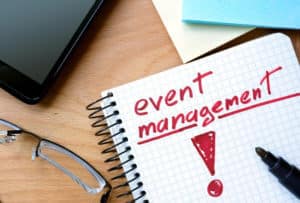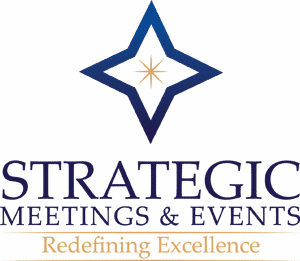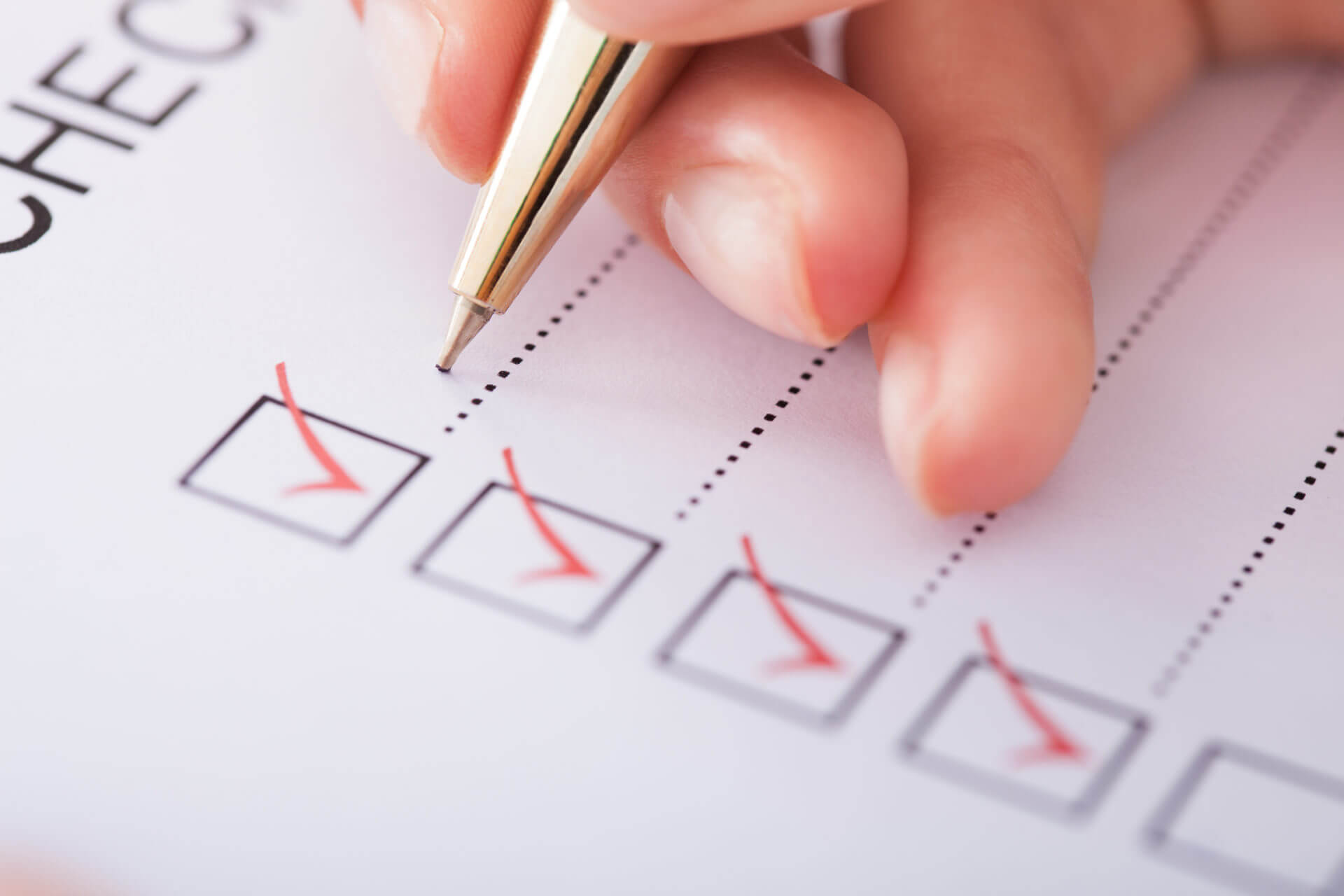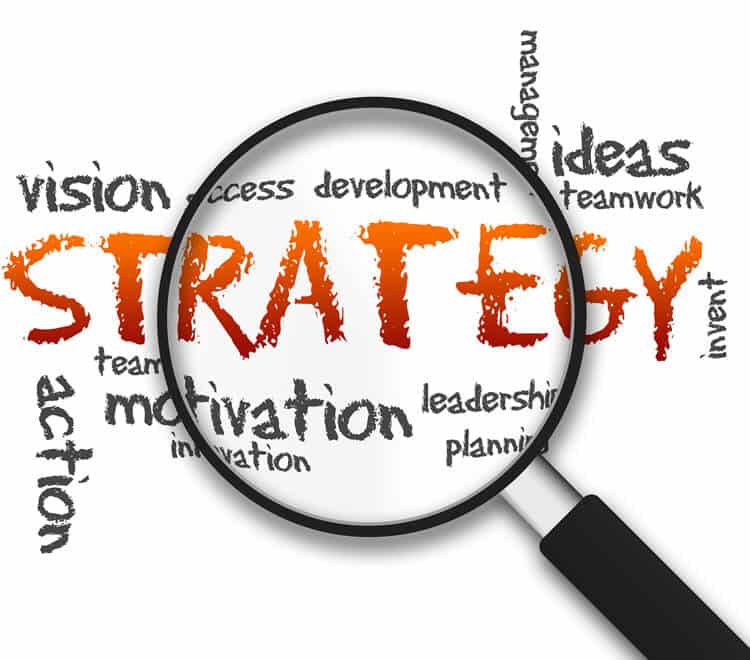What Exactly is a Strategic Meeting Planner?
By Eva Keidel
Meetings and events are designed, launched and attended worldwide and the Events Industry Council claims that in 2017, events generated more than $1.07 trillion and drew 1.5 billion participants which based on a study completed in 2018.
Now whether you are a Strategic Meeting Planner or not, it is worthwhile to ask ourselves these questions:
• How do I work? Do I prepare 3 – 5 steps ahead?
• How willing am I to take risks?
• Am I curious about all aspects within our industry and am I in pursuit of learning new things?
• How do I prioritize my time?
• Am I proactive in my thinking and actions to help lead change or do I fall back on doing things the way it has always been done?
Developing a strategic plan is critical to achieving the goals and objectives expected of the event as well as to inspire the team and excite the target audience. Many books by those, such as Sean Covey, Jim Collins and Sun Tzu, have been written about this subject. Additionally, today you can find related podcasts, webinars, and articles focusing on this subject. All of this curiosity and information sharing leads me to conclude that as an industry we continue to strive on the path of improvement and betterment.
Often the expectation of strategic planning is an undertaking that takes years to accomplish and for some aspects of life, this works just fine. Take for example, an organization that needs to increase attendance participation in regional events. A segment of the strategic plan needs to address the following, with specific tactics to accomplish the overall plan:
1. Goal – What is the intended percentage increase of attendance, registration, social media exposure, etc. to address this segment of the strategic plan.
2. External factors – Define the risks or barriers to accomplish the goal and how to overcome in order to accomplish the goal within the strategic plan.
3. Influencers – Determine who are the influencers in the community. List the best ways to excite and promote the information to accomplish the goal and how the influencers will be informing the community. This section of the plan is multifaceted, and the team should devote plenty of time to determine the best strategy to complete the goal.
As it relates to events, a strategic plan to increase attendance, social media following, or sponsorships can be broken down into segments that can be accomplished through the support of outstanding events. Once the organization has a specific plan of increasing attendance, the next step is the tactics of how to accomplish the strategic plan:
- Define the value of participating, for the attendees, sponsors, exhibitors, etc. This plan should spell out the value to THEM; each group will have different elements which are higher in value. Recognizing what is valuable to each group enables the marketing to be target rich and succinct.
- Establish influencing factors, which will promote the value to the participate. The influencing factors will enable the marketing producers to craft a worthy message which will raise awareness and result in meeting the goal.
- dentifying value for the participates to physically attend, by defining the location value. I.e.: If on the beach, they can bring their family; in an ‘Zen’ place, they can refresh; etc. Based upon the value for each group in your demographics, you will want to highlight the location so that they can use this when building their participation business case.

 When the strategic plan is tactically mapped out with achievable and measurable goals, a meeting planner can produce an event that demonstrates value for the attendees. There are many ways that the planner will enhance the level of attendance and/or sponsorship, but the real outcome is an event which meets the audience needs, creates lasting excitement and results in a promotion buzz which lives on long after the event has concluded.
When the strategic plan is tactically mapped out with achievable and measurable goals, a meeting planner can produce an event that demonstrates value for the attendees. There are many ways that the planner will enhance the level of attendance and/or sponsorship, but the real outcome is an event which meets the audience needs, creates lasting excitement and results in a promotion buzz which lives on long after the event has concluded.
Strategic plans with well-defined tactical steps are extremely valuable to the meeting planner, as it allows for the planner to support the organization’s long-term goals and objectives in a way that is measurable and consistent.
A planner who is part of organizations with a broad strategic plan might consider asking if you could define various components of the plan in which events actively contribute to the future objective of the organization.
The strategic meeting planner is the key to the future. Continue to stay curious and keep growing.
A note from Christy Lamagna, CMP, CMM, CTSM
Visionary | Entrepreneur | Master Strategist | Author
The only way the industry is going to remain relevant and the profession be seen as a credible, skilled profession, rather than a hobby, is for planners to evolve into strategists. Tactical events spend money. Events that follow my Strategic Planning Principles® can accelerate sales cycles, bring marketing messages to life, influence a target audience’s behavior and contribute to an increase in net profits. Companies annually spend on their events the equivalent of a sports car yet they “drive” them like tricycles. Strategic event put content and ROI into full throttle mode, building on their momentum, event after event. Tactical event budgets are “one and done” which is the equivalent of driving that sports car off a cliff…..every year.
Put your events into overdrive by picking up a copy of The Strategic Planning Guide for Event Professionals by Christy Lamagna or reach out to her at Christy@stragegic.events and put your career on the fast track to success!








